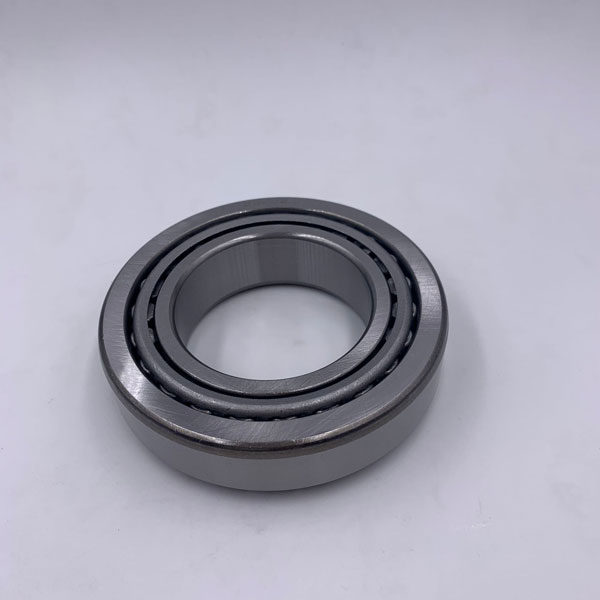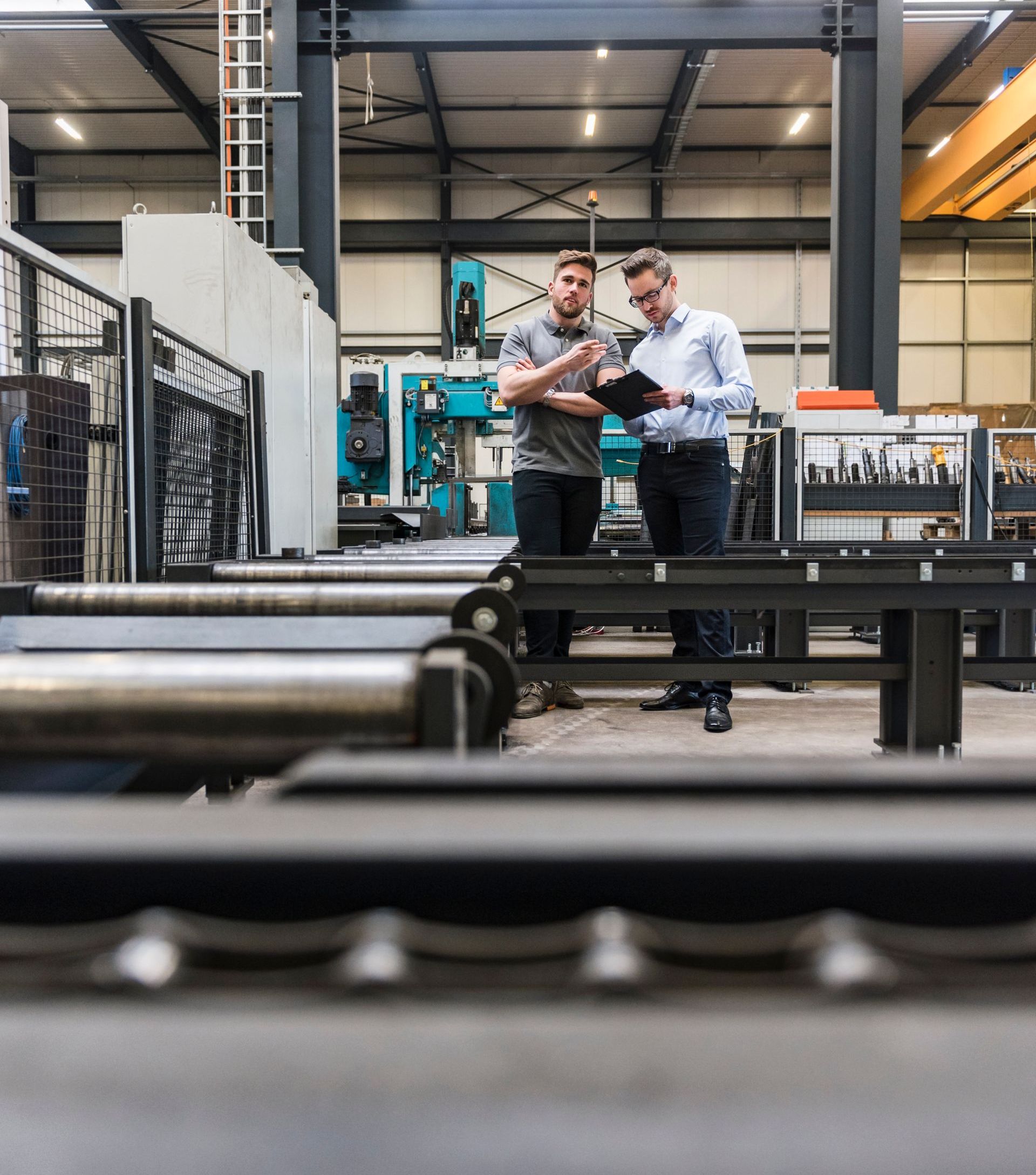The Greatest Guide To Volution Bearing
The Greatest Guide To Volution Bearing
Blog Article
Our Volution Bearing PDFs
Table of ContentsThe Facts About Volution Bearing RevealedVolution Bearing Fundamentals ExplainedThe Buzz on Volution BearingThe Only Guide to Volution Bearing
An axial (or thrust) bearing lots is when force is alongside the axis of the shaft. A radial bearing tons is when force is vertical to the shaft. A combination bearing load is when parallel and perpendicular forces create an angular force family member to the shaft. Sphere bearings are developed with round balls and can disperse lots over a medium-sized area.Below is a quick recommendation for the kind of bearing tons and the very best ball bearing for the job: Radial (vertical to the shaft) and light loads: Pick radial ball bearings (likewise referred to as deep groove round bearings). Radial bearings are several of one of the most usual kinds of bearings on the market.
The rounds contact the raceway at an angle which much better supports combination loads. Roller bearings are developed with round rollers that can distribute loads over a bigger area than sphere bearings. They have a tendency to work far better for heavy tons applications. Below is a quick reference for the kind of birthing load and the ideal roller bearing for the task: Radial (perpendicular to the shaft) lots: Select typical round roller bearings Axial (propelled) (alongside the shaft) tons: Select round thrust bearings Integrated, both radial and axial, lots: Pick a taper roller bearing The rotational rate of your application is the next element to check out when picking a bearing - https://www.storeboard.com/volutionbearing.
They do far better at higher rates and offer a greater rate variety than roller bearings. One reason is that the contact in between the rolling aspect and the raceways in a sphere bearing is a factor as opposed to a line of get in touch with, like in roller bearings. Because rolling components press into the raceway as they roll over the surface, there is a lot less surface area contortion occurring in the point lots from ball bearings.
What Does Volution Bearing Mean?

If this occurs, a straightforward and usual solution is to switch over the ball bearing product from steel to ceramic. This maintains the bearing size the very same but provides roughly a 25% higher rate rating. Because ceramic product is lighter than steel, ceramic spheres create much less centrifugal pressure for any kind of offered rate.
One factor is that the spheres are smaller and smaller spheres evaluate less and generate much see this here less centrifugal pressure when rotating. Angular get in touch with bearings likewise have a built-in preload on the bearings which deals with centrifugal forces to appropriately roll the spheres in the bearing. If you are developing a high-speed application, after that you'll want a high-precision bearing, typically within the ABEC 7 precision course.
Rumored Buzz on Volution Bearing
High precision bearings are reliable for applications that go quick because they guarantee great ball and raceway communication.
Some applications, like reducing device pins, will just permit a tiny inconsistency to occur on its turning components. If you are crafting an application similar to this, after that choose a high precision bearing due to the fact that it will certainly generate smaller system runouts because of the tight tolerances the bearing was made to. Birthing strength is the resistance to the force that triggers the shaft to drift from its axis and plays a vital role in lessening shaft runout.

When the angular get in touch with bearings are mounted, the balanced out is eliminated which triggers the spheres to push into the raceway without any outside application force. This is called preloading and the procedure raises birthing rigidity even prior to the bearing sees any type of application pressures.
A Biased View of Volution Bearing
Lubrication develops a film of oil between the rolling component and the bearing raceway that helps avoid friction and getting too hot. The most usual kind of lubrication is grease, which consists of an oil with a thickening representative. The thickening agent keeps the oil in position, so it will not leave the bearing.
After the rolling component passes by, the oil and thickening agent join back with each other. For high-speed applications, recognizing the speed at which the oil and thickener can separate and rejoin is essential. This is called the application or bearing n * dm value. Prior to you pick an oil, you need to locate your applications ndm worth.
Compare your ndm worth to the grease's max rate value, situated on the datasheet. If your n * dm value is more than the grease max rate worth on the datasheet, then the oil will not have the ability to supply sufficient lubrication and early failure will happen. Another lubrication option for high-speed applications are oil mist systems which blend oil with pressed air and after that inject it right into the bearing raceway at metered intervals.
Report this page